An experimental tool to understand the world.
Get Started for FREE
Sign up with Facebook Sign up with X
I don't have a Facebook or a X account

 Your new post is loading... Your new post is loading...
 Your new post is loading... Your new post is loading...

Paul Nicoara's curator insight,
May 5, 2013 5:05 PM
The National Geologic Map Database is a simple interactive tool to find USGS topographic maps that you can dowload. Users can search for current or historic maps.

Dean Haakenson's curator insight,
March 15, 2013 1:23 PM
Great for looking at agriculture issues in the US and the debate over the local food movement v. supermarkets.

olsen jay nelson's comment,
August 16, 2012 7:46 AM
This is just what I've been looking for, believe it or not:-)

Paul Rymsza's comment,
August 22, 2012 2:15 PM
the potential of this site is amazing between the interactive learning system and the correlation between the timeline and location. If the human geography class is anything like this i can't wait for it!
|

samantha benitez's curator insight,
November 22, 2014 2:53 PM
helps show the different perspectives of our world and how it has changed. also shows many different forms of mapping our world throughout time.
Emily Coats's curator insight,
May 27, 2015 10:34 AM
UNIT 1 This article discusses map projections and how they shape our perception of the world. Maps influence how we see the world, and could change the way we see it as well. These projections show us many different views of the Earth, which is very influential to our perspectives. This applies to unit 1 and its major concepts and underlying geographical perspective such as analyzing maps.

Martin (Marty) Smith's comment,
January 28, 2013 7:14 PM
I think "design" and "programming" are rushing at each other at light speed. Web pages will be made from branching if,then,else algorithms soon. Can't just drip paint on a canvas, so design's function will be making those algorithms make visual sense.

Gordon Shupe's curator insight,
February 8, 2013 6:38 AM
Info graphics don't really include digital photography, generally, but they are a fascinating way of displaying understanding, telling a story, and implying solutions.
benjamin costello's curator insight,
May 20, 2015 5:38 PM
Interesting concept but not totally fleshed out for use by historians... genealogists perhaps would have a better or easier time using this program. It is very interesting but it only allows for one movement, so rather than showing the history of a nation you can show the history of a family through its interactive timelines. Google maps is not always accurate as well. |





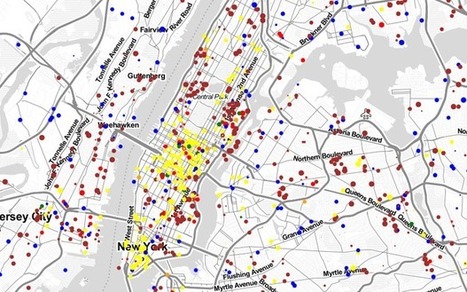


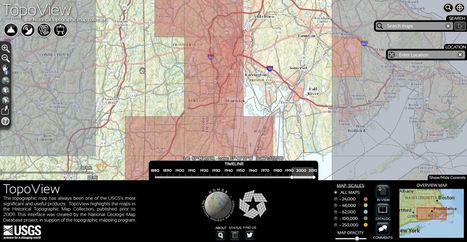

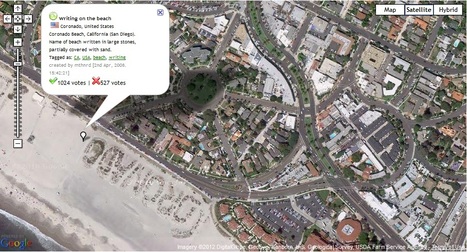
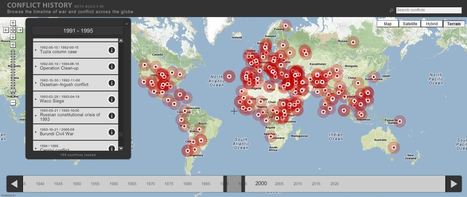

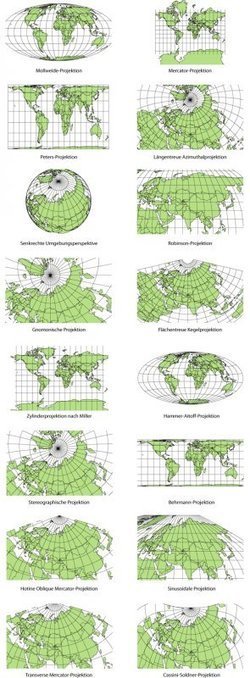





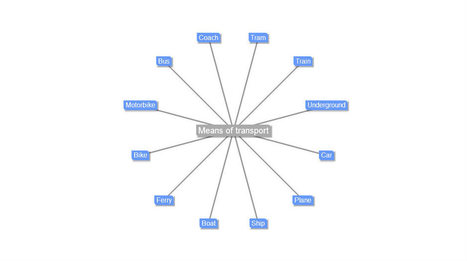






I think this is an interesting representation to show how the ability to have access to news and internet is the new most important thing to have to get word out. Now if you can speak English and have a computer with internet access you can.
This map allows people to understand the flow of news from around the world. We can use it to see where and what is happening and chart it to connect trends for example Syria and France are large because of the recent happenings with terrorists and terror attacks.
Intro